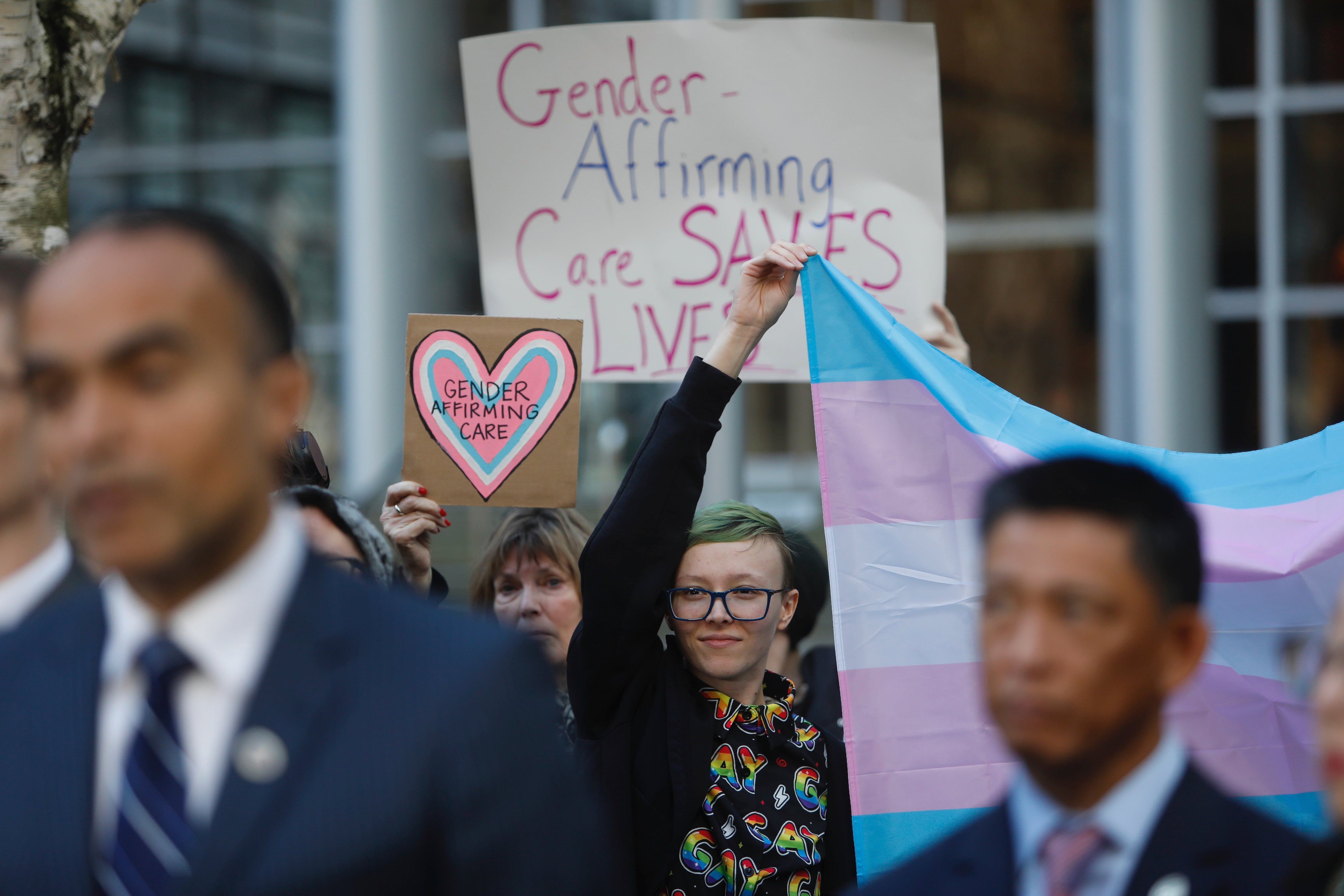When Ian Barford started his career in 2002 at the Naval Sea Systems Command, he noticed a curious thing about the employees in his age group, they were all quitting.
"In my area, it was a small group of us," he said. "Slowly over time, they were leaving. I just kind of figured it was this and that, but there was a lot of people that were leaving."
Barford, who managed a radar test and evaluation program at NAVSEA, decided to dig into the subject a decade ago, but found little in the way of research on how a potential exodus of the youngest employees could affect the federal government. The private sector was beginning to conduct some research on the phenomenon, but not the government.
Since then, the challenge of hiring millennials and keeping them has become a deeply studied subject within federal circles. The key is to make the young employees feel passionate about the work they do. Engagement trumps even salary as an indicator of an employee's longevity in a federal career, according to Barford and others.
As the federal workforce ages, with estimates predicting 40 percent of government employees will be eligible to retire in the next five years, agencies are scrambling to find out what will keep the next generation of workers loyal to Uncle Sam.
The issue of keeping millennials' interest in working for the government has gotten the full-court press of late. In April, the Office of Personnel Management unveiled the Recruitment, Engagement, Diversity and Inclusion (REDI) plan, a multi-agency game plan for enticing a younger workforce into civil service.
Barford, too, has become one of the go-to experts on the topic, appearing at the Association for Talent Development's Government Workforce conference on Sept. 10 to speak on the issue.
He said the way to millennials' hearts has, in part, already been discovered by the private sector. For government to start retaining more talent, Barford said it should look past classic incentives, like salary, and delve into research to find out what interests millennials as a way to manage them.
"I submit that the government doesn't have to spend more money by giving people more money in their salary to keep them," he said. "I think they just have to engage them by figuring out what drive and motivates them."
But how do you find the motivations of a generation seen as highly individualized?
One way could be by presenting them with options. Appearing on a panel with Barford at the ATD conference was Wendy Stoner, director of National Recruitment and the Emerging Leaders program at GSA.
Stoner said one way to engage millennials is providing career with multiple pathways they can choose, thereby causing them it invest their time and efforts in that choice.
"Many college students are looking for something that is going to give then an opportunity to explore what their agency does, many of them are looking for rotational types of programs," she said. "So really helping them get a grasp of what your agency does and even some of the different job opportunities even within the particular job series you have hired them into."
The Emerging Leaders program at GSA brings in undergraduates at a GS-7 level and rotates them through different offices within the agency for two years, providing a broader scope of operations and providing options for career development.
"We are really striving to, one, give them opportunities to learn about the organization and try out different kinds of work," she said. "They get experience working with different management styles, different colleagues and really getting a taste for what it would be like to work at GSA."
Barford said that each agency should also do independent research to figure out why millennials are leaving. In his 2014 dissertation, Barford examined the 2006-2013 Federal Employee Viewpoint Survey and found millennials scored high on all but one of the survey's six indexes: job satisfaction.
"Within the job satisfaction index, there are seven questions. I would look at those seven questions and investigate [the results]," he said. "We know they're leaving, but why are they leaving? I think looking at those seven questions and analyzing them specific to each agency [could provide clues.]"
So while there may be a prescription to cure what ails the federal government, it may not be universal.
"There are certain agencies, that I guarantee are doing the right things," Barford said. "Understanding what those agencies are doing is the key to investigating this more."
In Other News




